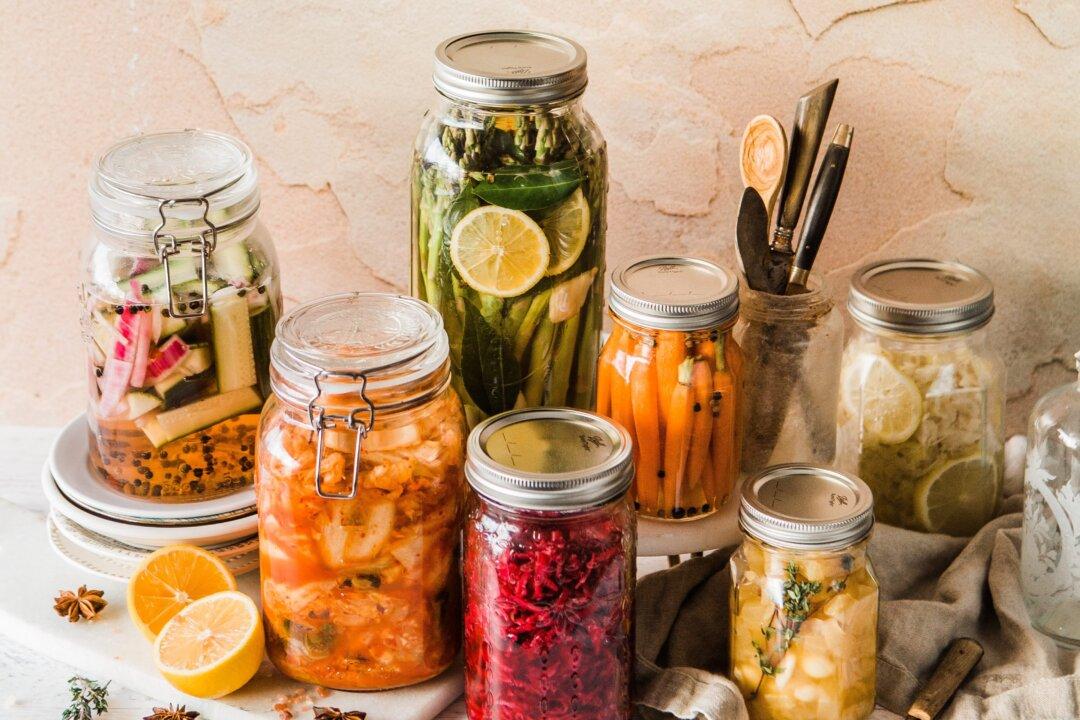Pickling foods in vinegar or fermenting them in brine is one of the oldest food preservation methods. The earliest archeological evidence comes from Ancient Mesopotamia and the Tigris River Valley more than 4,000 years ago.
Pre-refrigeration, pickling allowed vegetables and fruits to be eaten long after they were in season, and meats such as salt pork to be carried on long journeys and into wars. Pickling soon spread around the world: pickles are mentioned by Aristotle, in the Bible, and in Shakespeare’s plays. Cleopatra and Queen Elizabeth I were prominent proponents of their health properties.

